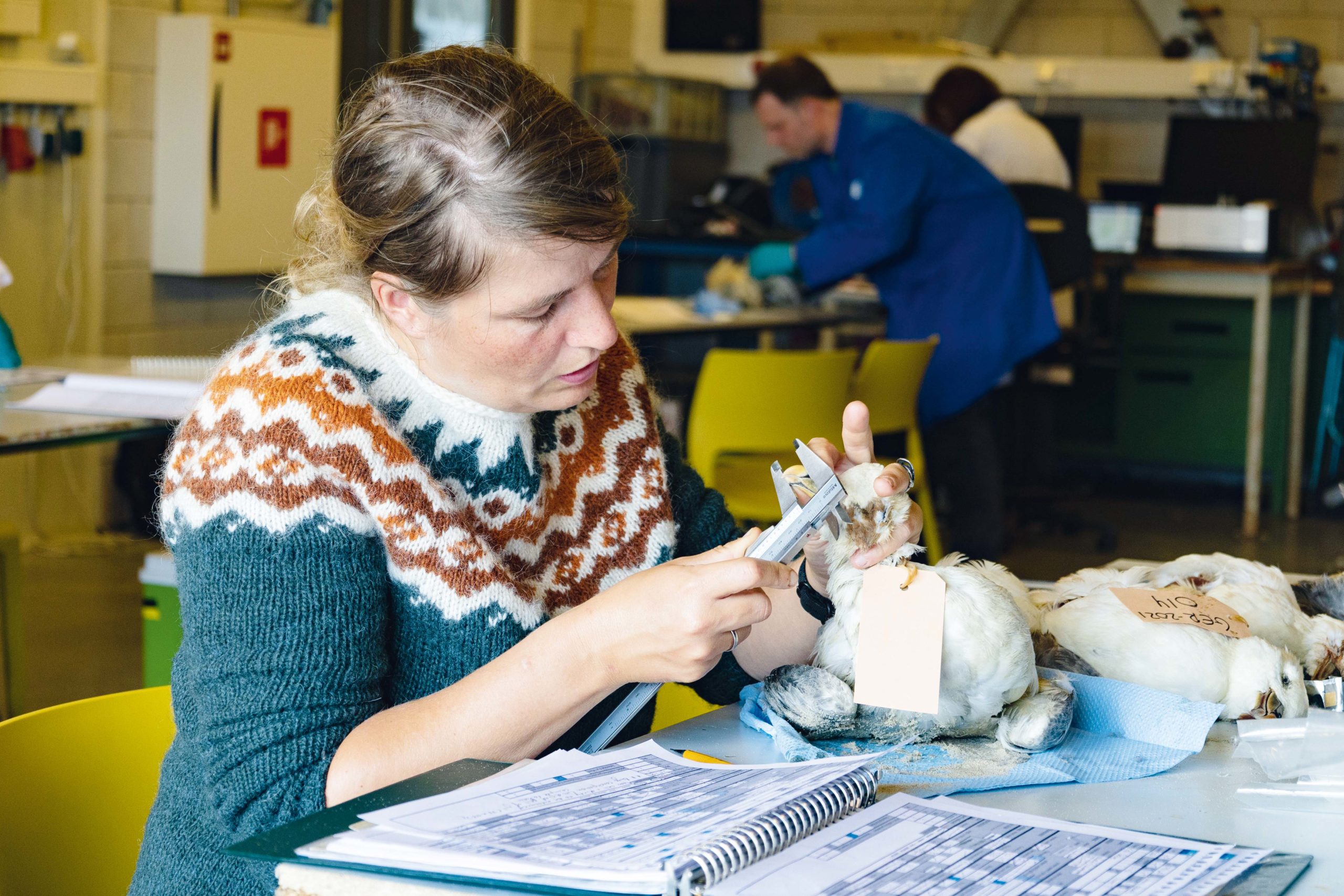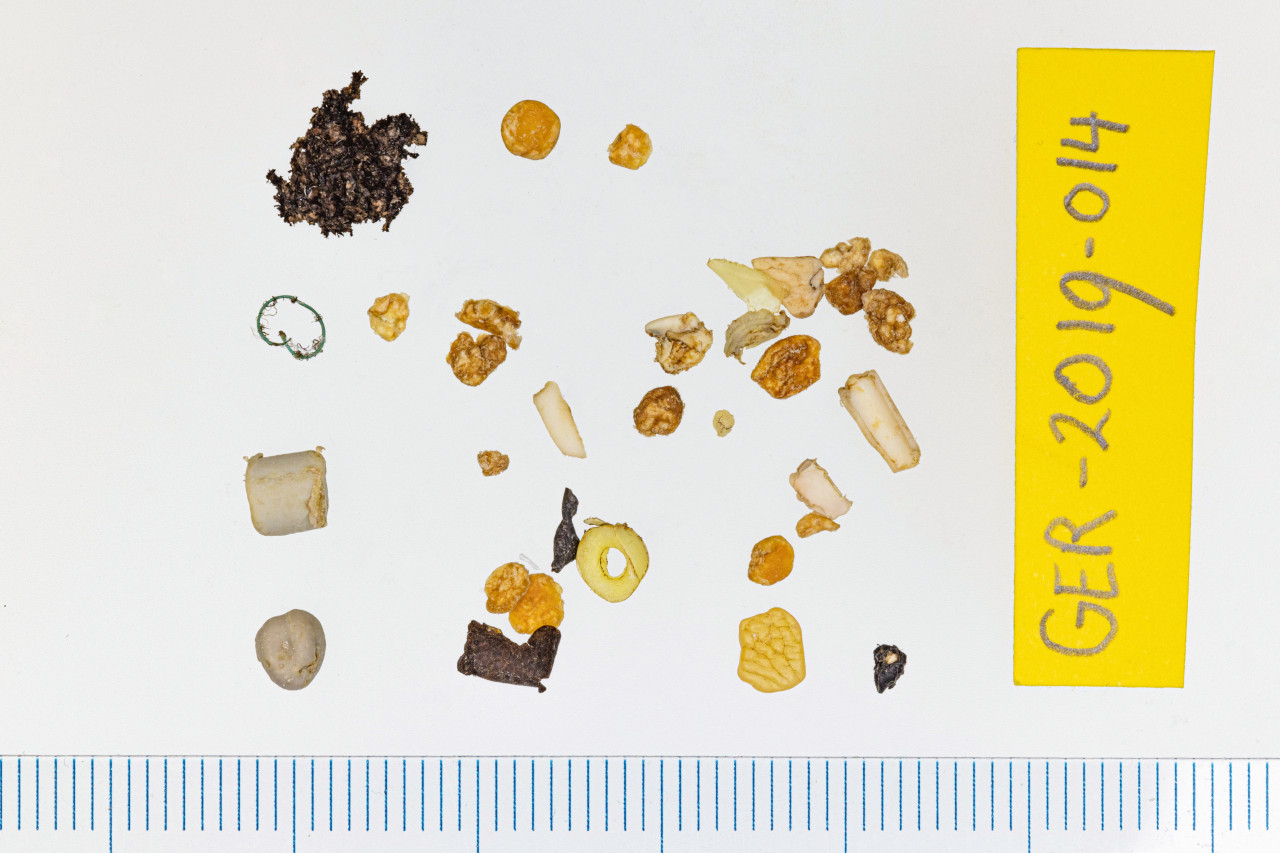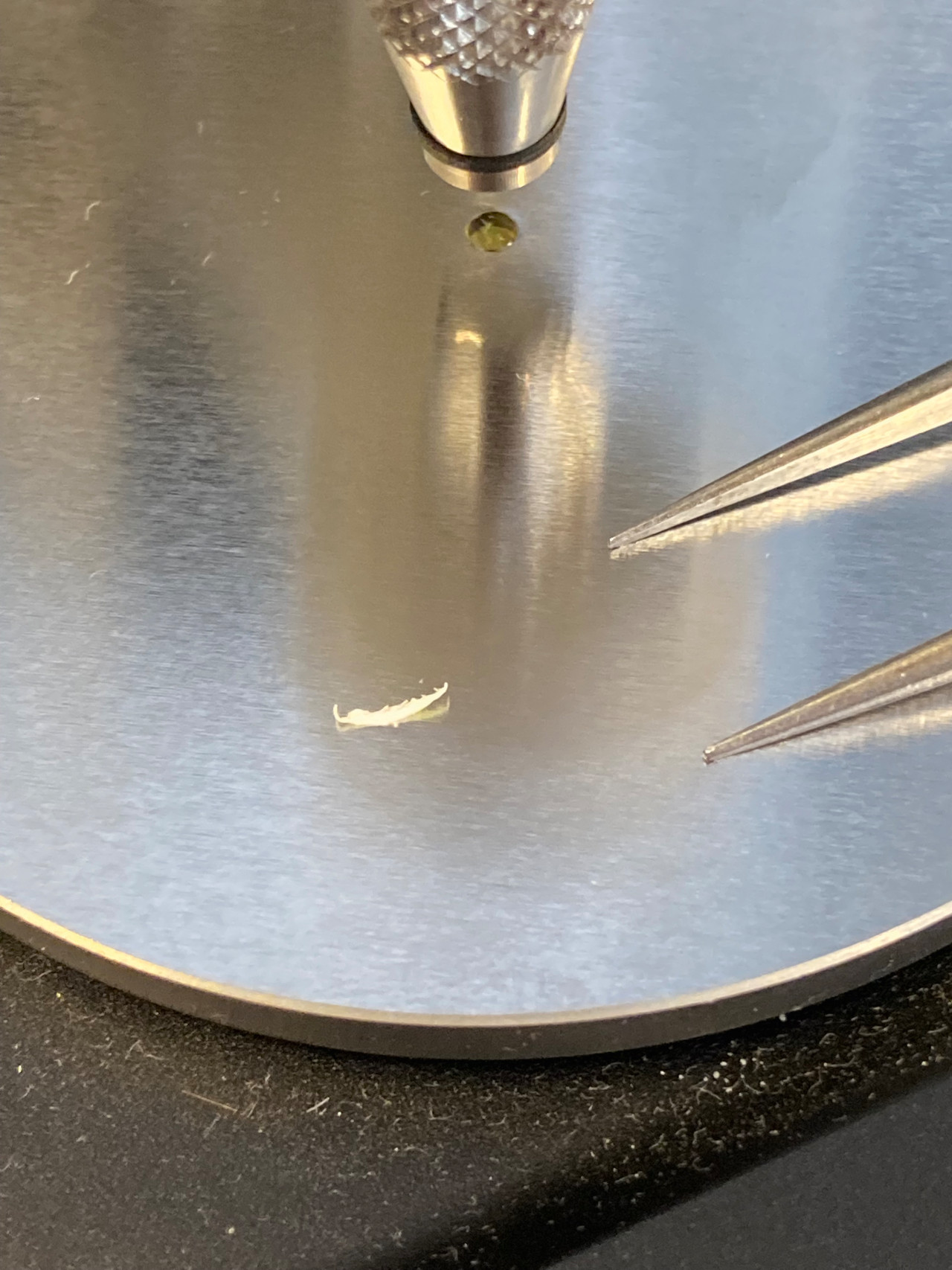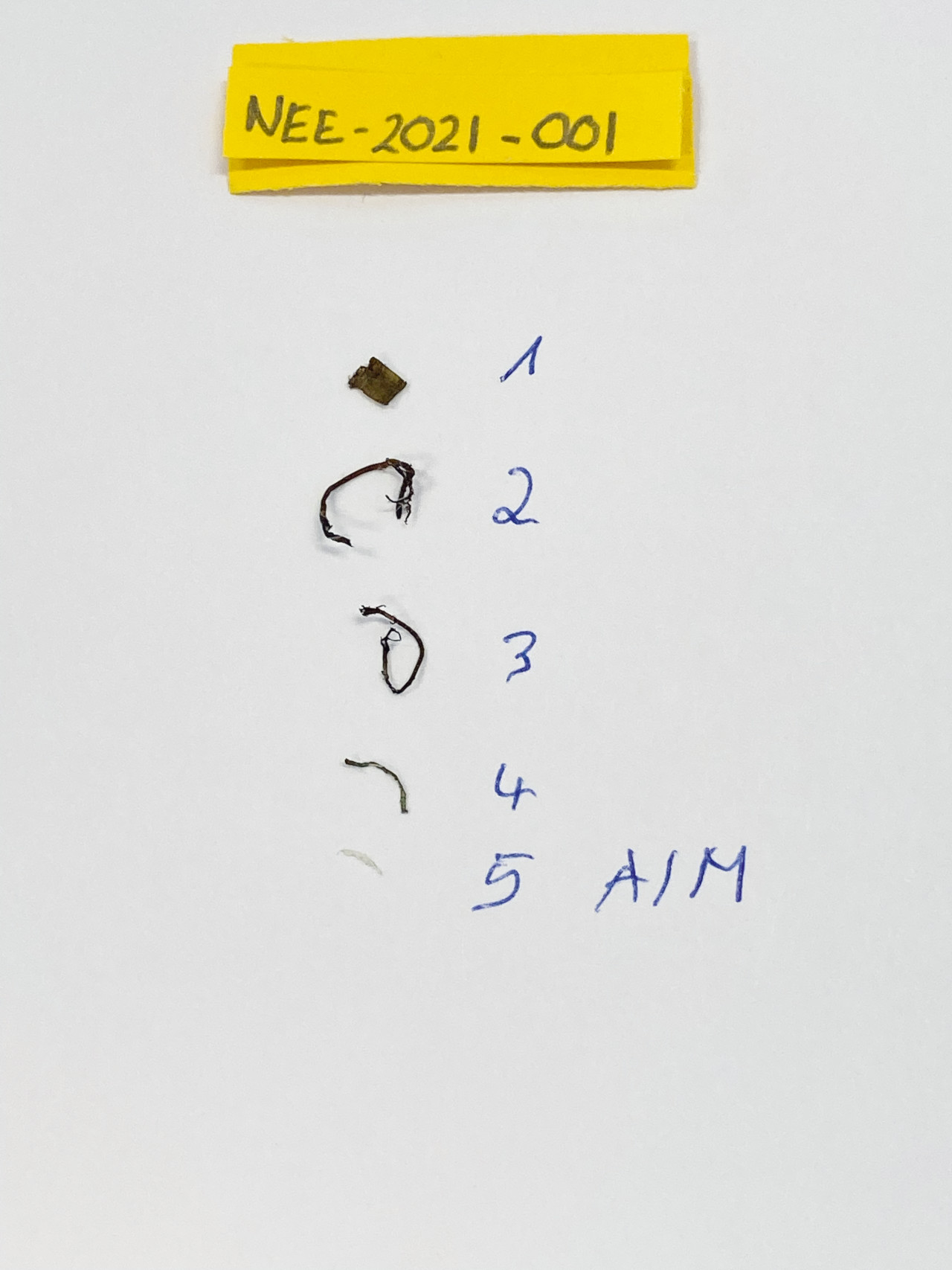Plastics in North Sea fulmars
Dissection, stomach analysis and plastic identification with infrared spectroscopy
Dr. Susanne Kühn, Wageningen Marine Research, Netherlands
The northern fulmar – a type of petrel – is widespread throughout the North Sea region. The bird eats practically everything it finds on the sea surface – including a lot of plastic waste. This makes it interesting for research. Most countries along the North Sea report annually on developments in the amount and composition of plastic in fulmar stomachs and exchange information at regular workshops. At a workshop in October 2022 at the Wageningen Marine Research Institute in the Netherlands, infrared spectroscopy was used to analyze the polymer composition found in fulmar stomachs.
In October 2022, an international group of experts met at the Wageningen Marine Research Institute in the Netherlands for another in a series of “Fulmar workshops”. There, they shared the current research being carried out by the various working groups present. Topics included the OSPAR Report 2021; birds and wind turbines in Iceland; seals and polymers excreta; polymers in bird stomachs in the Baltic Sea; and the report on missing fulmar offspring on Helgoland.[1]
They also dissected a large number of fulmars found dead in or along the North Sea. The reason was to examine the amount and composition of plastic that had been swallowed by the animals. Infrared spectroscopy as a method was presented and carried out during the workshop, and the polymer composition of many of the plastics from the fulmar stomachs was identified.
The organizer of this year’s Fulmar workshop, Dr. Susanne Kühn, is an expert in the field of environmental pollution and its impact on marine wildlife, with a focus on fulmars. Since 2011, she has been conducting research at the Wageningen Marine Research Institute on the subject of plastic pollution in fulmars and other marine animals. The analysis, with her involvement, of µm-sized polymer microparticles from fish stomachs has already been published in previous Shimadzu News.[3, 4, 5] Shimadzu has been participating in the Fulmar workshops since 2014.[2]
The fulmar – “trash can” of the North Sea
The fulmar is a true high-sea bird. Outside the breeding season, this bird species spends all its time at sea. Fulmars are not picky about their food: Everything that floats on the water surface is on the menu, including fish, squid, crustaceans, carrion and fishing waste. This diverse diet was a successful strategy of the birds for a long time. In the last century, their population spread from Iceland and Scotland across the entire North Atlantic, including the North Sea.
However, industrial production and use of plastic has also increased greatly during the same period. One consequence of this is that plastic waste pollution is increasing in the oceans. The indiscriminate diet of fulmars ensures that these animals also regularly swallow plastic that floats on the sea surface. This is why the EU and all North Sea countries use the fulmar as an indicator species, and fulmars that wash up dead on North Sea beaches are used to measure marine plastic pollution. Changes over time, local differences and changes in the composition of the plastic can be described in this way over a large area and a long period of time.
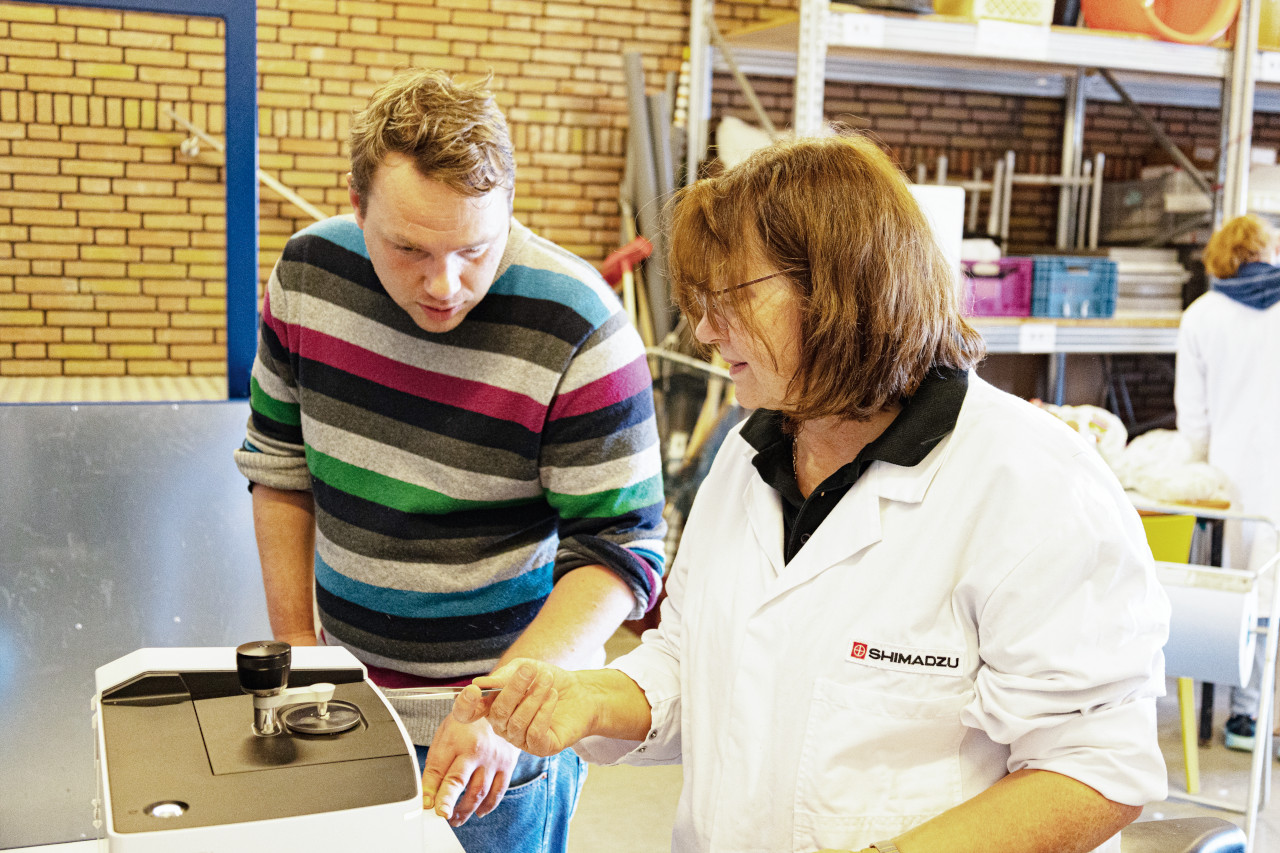
Figure 3: Workshop atmosphere during the analysis of plastic from fulmar stomachs with the Shimadzu IRSpirit infrared spectrometer
Figure 4: Sample NEE-2021-001 number 5 for size comparison on the measuring station of a QATR-S. The round diamond window is smaller than 2 mm in diameter (left). The sample is from a bird stomach from north-east England (right).
Workshop – a place for learning
In addition to the other activities, standardized methods were taught and calibrated during the workshop. Age and sex characteristics as well as the condition of the plumage and possible causes of death of the fulmars were determined. The stomach contents were rinsed out over a 1-millimeter sieve, and all plastic parts were sorted under the microscope to be dried and weighed later.
Microplastic analysis
The sieving yields fragments in cm and mm. The smaller the fragments, the more interesting the question: What can be analyzed and how? An infrared device and/or infrared microscope can be used for quick screening to identify the polymer. If the question concerns additives (phthalates or other harmful admixtures banned by REACH) that are present in minute quantities in the plastics – and whether these harm the birds or other animals that ingest the particles – then such ingredients can be extracted, selectively visualized and traced by chemically processing the polymers.
The analytical instrumentation techniques for this are gas chromatography – mass spectrometry (GC-MS) couplings with pyrolysis unit and elemental analysis ( EDX, AAS, ICP, ICP-MS) used for characterization. Research is striving to analytically follow fractal decay into microparticles and nanoparticles.
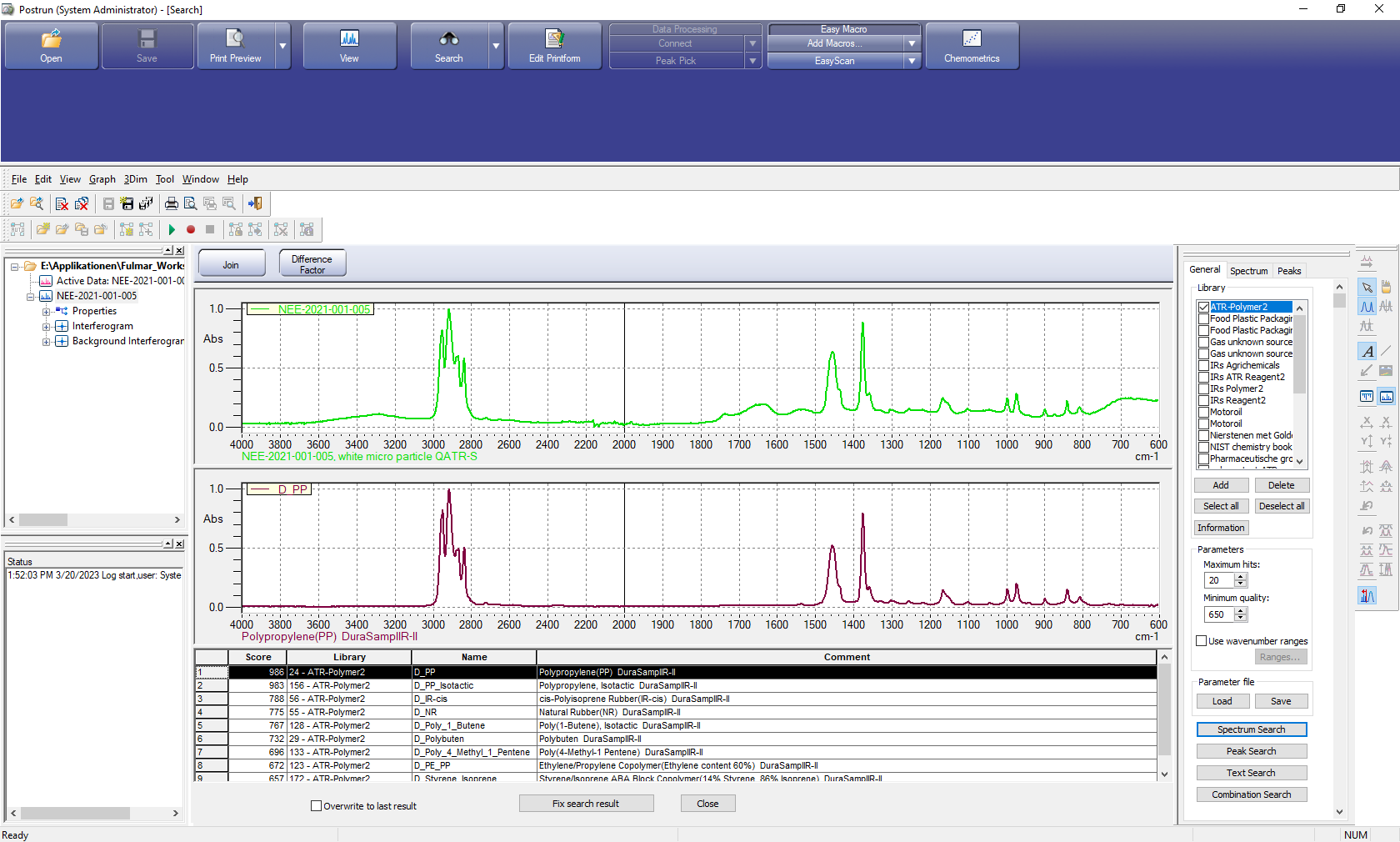
Infrared spectroscopy
During the workshop, the polymer composition of plastics from fulmar stomachs could be determined through rapid screening with infrared spectroscopy (FTIR, Shimadzu IRSpirit).
The infrared spectroscopy used here is FTIR with ATR technique. The samples can be placed on a measuring window and analyzed without wet chemical preparation, i.e. nondestructively. Somewhat more complex, sample preparation is required for chromatographic and elemental analysis. In addition, the equipment required for this is stationary. An IRSpirit, on the other hand, can also be brought into the dissecting room to perform a quicker analysis. Impure plastic samples from stomachs that are still contaminated with residue of organic material can also be analyzed.
Infrared spectroscopy uses thermal radiation from a wavelength of 2,500 to 25,000 nm (FTIR usually 4,000–400 cm–1) depending on the accessories used. A substance under heat absorbs energy, which causes the molecules and molecular frameworks of the substance to move – or vibrate – hence the name vibrational spectroscopy. Every substance reacts differently to this heat and gives off a detection pattern of vibrations, so to speak.
A small specific range (about 700–1,500 cm-1) of measured wave numbers is consequently called the “fingerprint” range. Each polymer has its own infrared spectrum. If these are collected in a spectra library, one can quickly identify unknown substances.

Rapid screening via ATR, the attenuated total reflection technique, makes analysis very effective. Handling them under ATR conditions takes about 1.5 minutes per sample measurement:
1. Place the sample on the measuring window.
2. Press the sample against the measuring window with the pressing unit.
3. Measure (accumulate for 1 minute).
4. Remove sample and clean window.
Infrared spectroscopy is increasingly being used to analyze plastic composition in stomach samples. The analysis can distinguish plastic particles from organic material. The polymer type can also provide information about the origin of the ingested plastic. Finally, analyzing the polymer can provide an initial assessment of how much additive can be expected in the plastic (Figure 5).
Results contribute to the protection of the seas and their inhabitants
The preliminary results of the FTIR measurements confirm previous findings: The plastics most commonly ingested by fulmars are mostly polyethylene and polypropylene, two plastics that are among the ones most widely produced in the world and which mostly float on the surface of the oceans.
These results can also serve policymakers, for example, to make regulations that further restrict the influx of certain types of plastic into the environment. Everyone can contribute to this: By conscientiously handling plastic (waste), the amount of marine litter can be reduced, and thus the fulmar can be protected. A study from the Netherlands shows that the amount of plastic in birds’ stomachs decreased significantly between 1979 and 2021. The decrease is probably related to the widespread political and social attention that plastic waste has received in recent years. Education and stricter regulations contribute to the fact that, at least within the North Sea, plastic waste is slowly decreasing. Nevertheless, virtually every fulmar in the North Sea (over 90 %) still has pieces of polymer in its stomach.[6, 7]
Further readings
[1] “Plastikmüll im Meer, Eissturmvogel als Bioindikator”, Nils Guse et all, excerpt from Wattenmeer – Issue 2014-3 Meeresmuell.pdf, wattenmeer2014-3Meeresmuell.pdf (schutzstation-wattenmeer.de) [2] “A closer look at plastics from fulmar stomachs”, Wageningen University Research, March 2015 [3] “Plastic ingestion by juvenile polar cod (Boreogadus saida) in the Arctic Ocean”, Susanne Kühn, Fokje L. Schaafsma, Bernike van Werven, Hauke Flores, Melanie Bergmann, Marion Egelkraut-Holtus, Mine B. Tekman, Jan A. van Franeker; Polar Biology, https://doi.org/10.1007/s00300-018-2283-8, February 8th, 2018 [4] “The animal kingdom suffers from plastic wastes – FTIR analysis of polymers in fulmars”, Shimadzu News 1/2015, Shimadzu News 2015 | SHIMADZU EUROPA [5] “In every ocean, at every depth – microfibers and microplastics”, Shimadzu News 2/2018, NEWS_02_2018_ENG:Layout 1 (shimadzu.eu) [6] “Fulmar Litter Monitoring in the Netherlands – Update 2021”, Kühn, S., Meijboom, A., Bittner, O., Van Franeker, J.A., 2022., Den Helder, The Netherlands, pp 59 doi https://doi.org/10.18174/575038 [7] “Der Eissturmvogel und das Plastik. Seevögel”, Kühn, S., Guse, N., Garthe, S., Enners, L., Van Franeker, J.A., 2022. 43: 72-82, Full issue: https://www.jordsand.de/2023/01/25/sonderheft-%C3%BCber-eissturmvogel-ver%C3%B6ffentlicht/